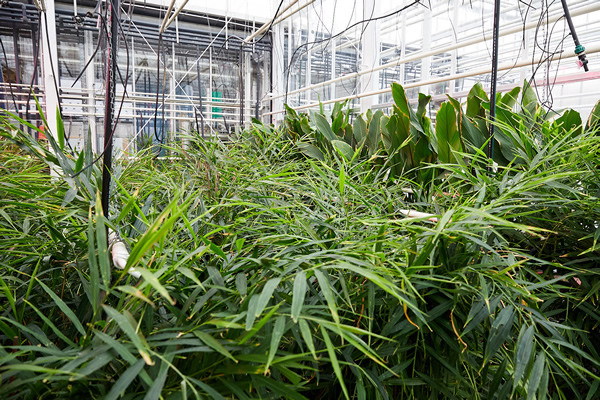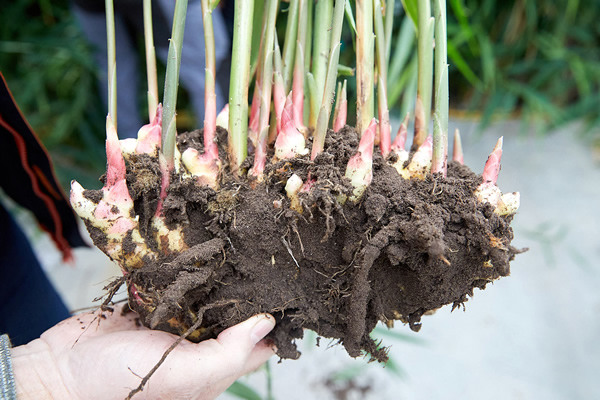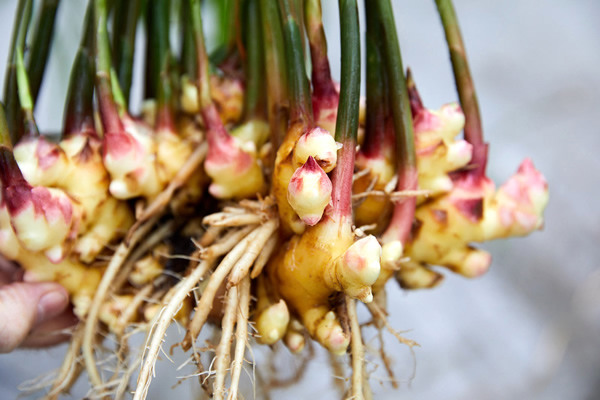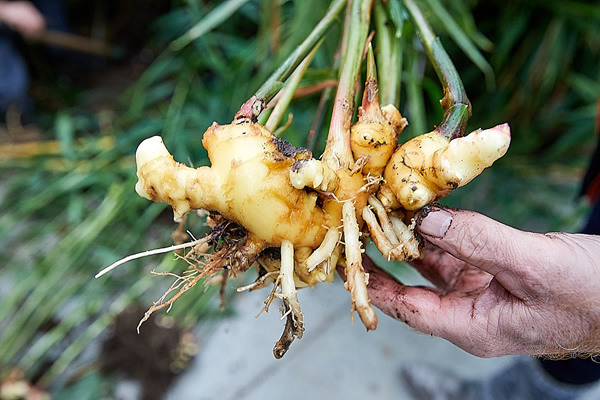In Belgium, CRU is now offering prime fresh ginger on its markets. It is grown locally and sustainably. It is also cultivated pesticide-free and with a minimum of organic fertilizers. The ginger has a stronger flavor than imported ginger.
Also, its carbon footprint is kept as low as possible. This prime ginger is the result of sustainable innovation. Colruyt Group initiated that in cooperation with the REO cooperative and the Provincial Experimental Centre for Vegetable Production.

As a retailer, the Colruyt Group is becoming increasingly aware of food's impact on people's health and the planet. It is constantly working on making its products more sustainable. Then its customers can deliberately make sustainable choices.
In this context, Colruyt Group and its collaborators launched this pilot project to grow fresh prime ginger in Belgium. This is a project of the Colruyt Group's food innovation team for CRU. The ginger's environmental footprint is reduced thanks to its local, sustainable cultivation.

Local, sustainable farming
This ginger is grown in a greenhouse at the Provincial Vegetable Research Center. Two REO cooperative growers also cultivate it under a non-heated plastic tunnel and greenhouse, also non-heated. The ginger was planted in mid-May and is harvested in the fall.

The growers used a minimal amount of organic fertilizer and no pesticides during cultivation. Growing locally reduces CO2 emissions, as shorter trips are needed to get the product to end-users. This ginger goes from the field to Belgian plates. This product usually comes from Asia and South America, increasing its carbon footprint.

Fresh, top-quality ginger
The Belgian is harvested when the plant's foliage is still green, so it has no chance to harden or form a skin. That gives the ginger a distinct aroma and flavor. It is very juicy with no fiber and is fresher than the imported versions.
These tubers are uprooted and washed and can be eaten right away. This top-quality ginger has a limited shelf life. This pilot project's first crop has both good quality and yield - so it was a success. Scaling it up and further sustainability is, therefore, being evaluated.

Exclusive to CRU
People can now buy this high-quality Belgian ginger for a short while at CRU's three fresh markets in the country. Then it's back to waiting for the next harvest. So, CRU clients are the first to get the opportunity to taste this local product.

Ginger is very trendy. Because it is so healthy, more and more people are using this root. It is also ideal for flavoring dishes, in fresh but also in syrup or powder form. Taste and user tests have already confirmed that this Belgian ginger outshines the usual product from Brazil, Peru, and China. The Colruyt Group is therefore proud to market this locally-grown, tasty, ultra-fresh product.

